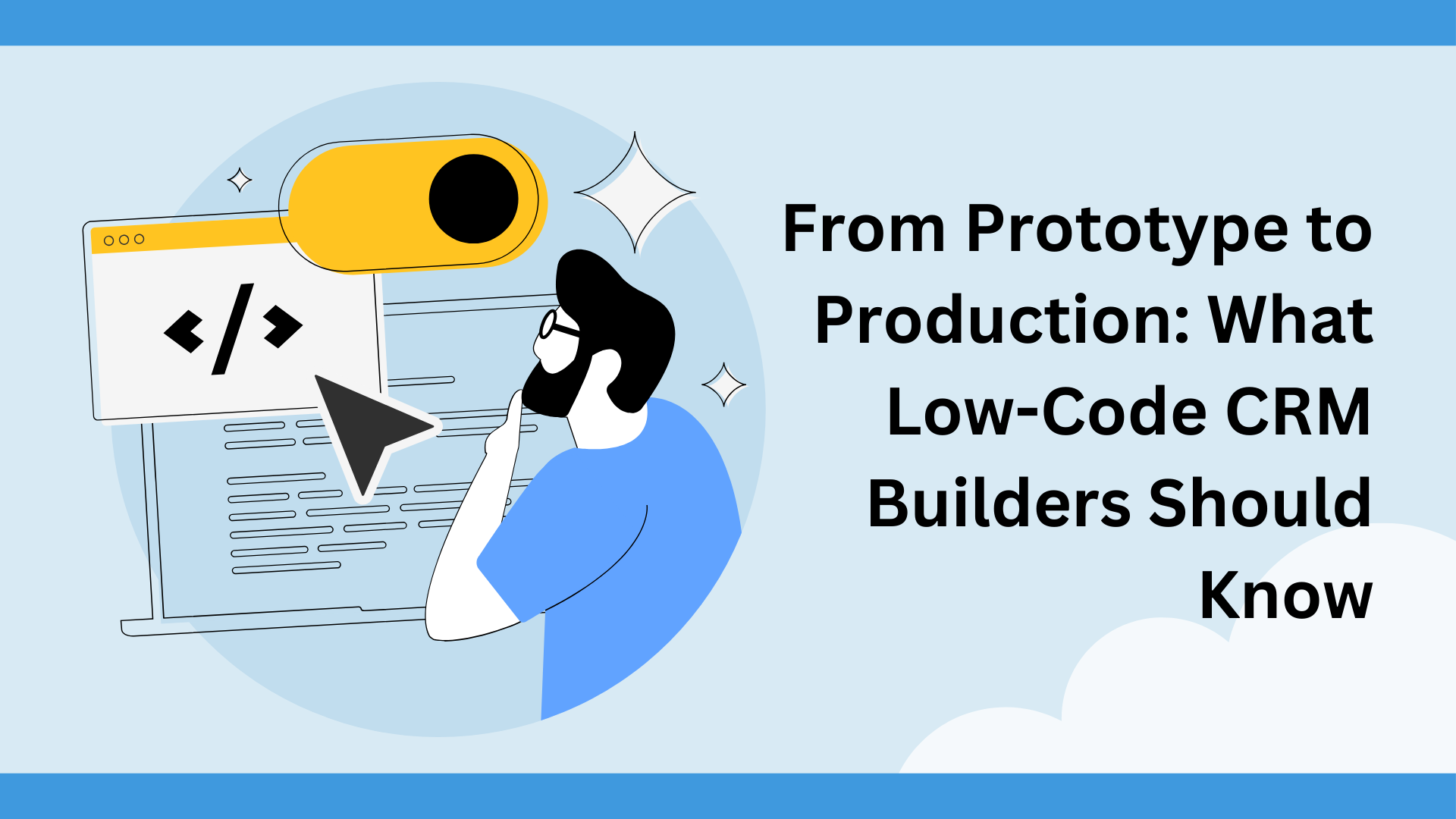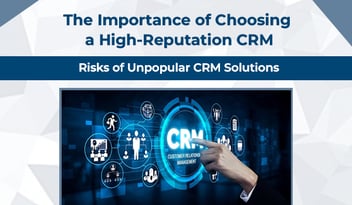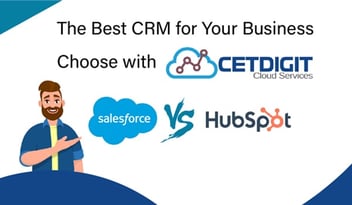Learn how to scale your low-code CRM from prototype to production. Avoid pitfalls, boost performance, and build with confidence.
So, you’ve built a minimum viable product (MVP) for your CRM using a low-code platform. Very nice!
Maybe it was a scrappy proof of concept, maybe it’s already doing a few real jobs. Either way, it’s working. And that’s great.
It’s functional, it’s sleek, and it’s already wowing your early adopters. But now your team’s growing. Your use cases are multiplying. That clunky lookup field you hard-coded as a test is starting to break under actual user pressure. Welcome to the next stage: scaling.
And here’s the good news—if you started with a low-code platform, you’re in a better spot than most. You’ve got speed, flexibility, and less legacy baggage. But scaling a CRM isn’t just about adding more fields and dashboards. It’s about building something that holds up—under pressure, at scale, with people using it every day.
Understanding the Low-Code Platform Advantage
The reason you started with low-code in the first place is the same reason you can scale with it. It’s fast, it’s visual, and it lets you solve problems without a dev team the size of a football roster.
Let’s reinforce that good decision-making with a few reasons why it works:
- Rapid iteration: You’re not stuck waiting on sprint cycles to push small changes.
- Modular builds: You can improve components independently without nuking the rest of your system.
- Built-in integrations: You’re already halfway to connecting with Stripe, HubSpot, Outlook, or whatever else you’re using.
- Lower dev overhead: Your marketing ops or sales ops team can get hands-on, without asking engineering for every tweak.
You can go from idea to update fast, and you won’t outgrow the tools before you get momentum.
From Prototype to Production: Building a Scalable Low-Code CRM
Let’s talk about what matters when it’s time to go from “this mostly works” to “this is our system.”
- Modular by Default
Don’t hard-code your fields or logic like it’s a one-off. Break things into reusable modules. If you’re using platforms like Retool, Creatio, or even HubSpot’s CMS with custom objects—start thinking in components, not screens.
- Plan for Change (It’s Coming)
That team using your CRM today? They’re going to change how they work next quarter. Design for flexibility. Build workflows that can be edited. Make permissions and rules manageable by non-devs. Assume your users (and their needs) will evolve.
- Prioritize Performance
As more users and records hit the system, you’ll notice slowdowns. Optimize queries, clean up automations, and monitor for backend drag. If your platform gives you metrics, use them. No one likes waiting for their CRM to load.
- Put Security on the Front Burner
This isn’t the MVP phase anymore. You’re collecting sensitive customer data, and that means you have a big responsibility on your shoulders. You need access controls, encryption, audit logs—the whole thing. Most low-code CRMs give you guardrails. Use them. Don’t wait for your first privacy complaint.
- Document for the Next Person
Whether you’re handing this off to a new admin or bringing in a consultant to take it further, leave breadcrumbs. Internal docs, naming conventions, logic explanations—it’s not glamorous, but future-you will thank present-you for it.
CRM Builder: Why CETDIGIT Helps You Go Beyond the Basics
At CETDIGIT, we don’t just build CRMs—we help companies scale them without tripping over their own architecture. If your team is struggling with:
- Version control issues
- Clunky automations that no longer make sense
- Confusion about which fields connect to what
- Or just the creeping feeling that your “custom CRM” is becoming an accidental monolith…
We’ll help you clean it up, map it out, and scale it right. Whether you’re using HubSpot, Salesforce, or a fully custom low-code stack, we come in to make sure your MVP doesn’t collapse under its own weight.
Final Thoughts: Scale with Intention, Not Panic
There’s a difference between adding features and actually scaling. The former is reactive. The latter is intentional.
If you’re here, it means your CRM MVP did its job. Now it’s time to scale like you mean it—with structure, performance, and the right support. And if you need a partner who knows how to turn your system into something that can scale without becoming a black hole of admin work?
That’s where CETDIGIT comes in. Let’s take your CRM from “working” to “built to last.”


.jpg?width=352&name=Cetdigit%20Methodology%20(1).jpg)


Leave a Comment